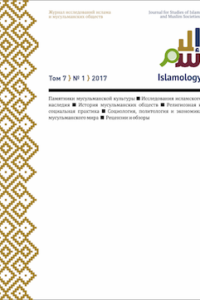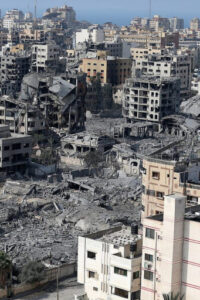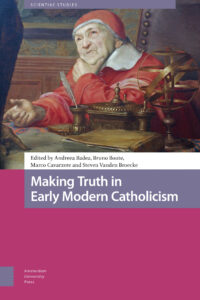Abstract
Visual propaganda played an enormous role in the history of the twentieth century. Unlike the propaganda of nineteenth century, it was aimed not only at educated classes in the imperial centres, but also at subaltern masses living in the colonies of great powers, including the vast territories in the east and south of the former Russian Empire. Posters created for (and with the assistance of) Muslims between the two world wars in the Soviet Orient (i.e., in the Volga region, Crimea, Urals, and Siberia, on the Caucasus and in the Central Asia) represent an enormous and still poorly studied layer in the history of Soviet propaganda. So far, the posters have been studied primarily in the context of art history. But the creation of visual propaganda is critical for historical reconstructions as well. It is more important to understand posters’ language, historical context, attitude to public policy, cultural background, in other words—the discourse of propaganda. This is a part of life, even if semiofficial, the loss of which would simplify and impoverish the picture of the past. Discursive analysis of poster art allows one to understand the relationship between knowledge and power in society, the role of different social strata in its reproduction, and the aspects of perception and rejection of official propaganda.



